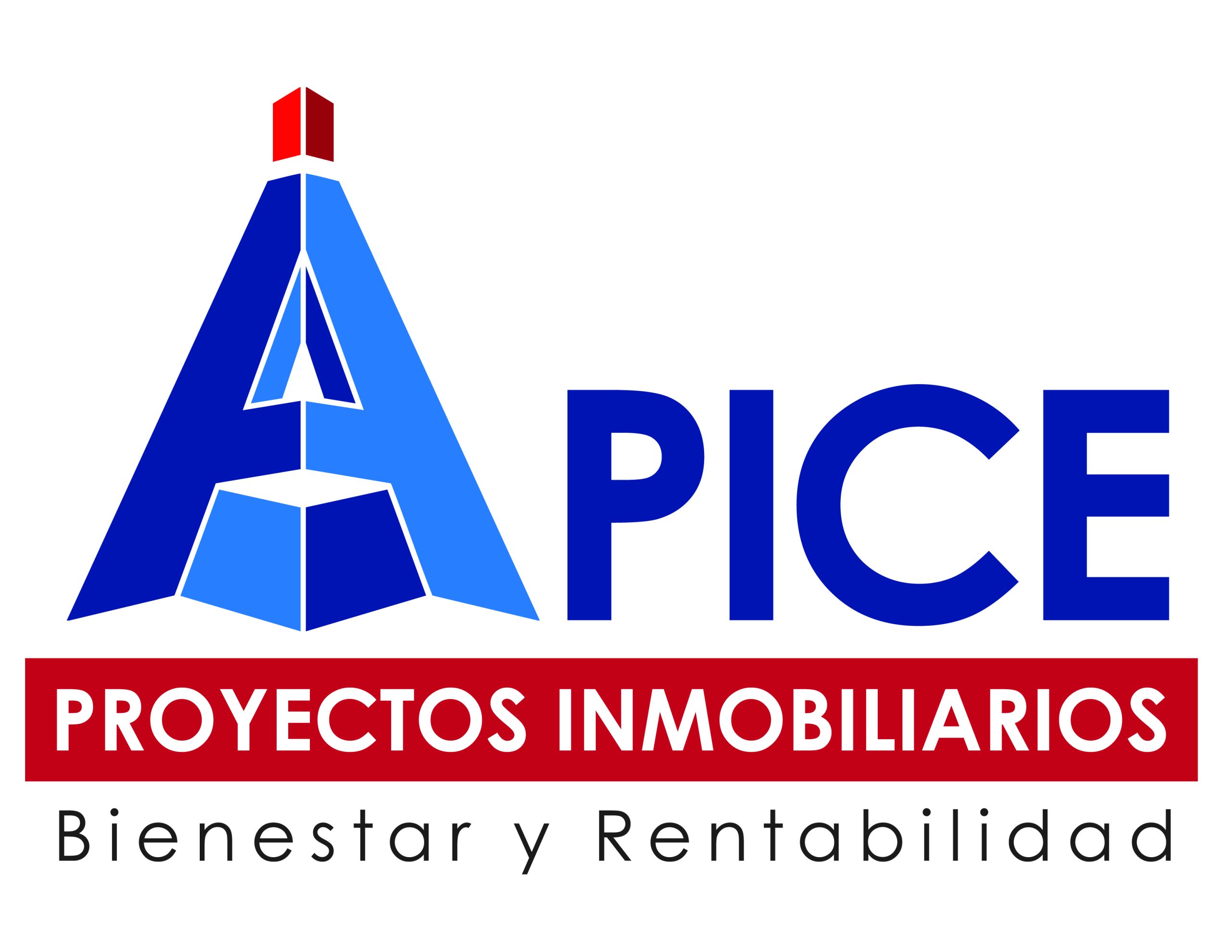1. Introduction: The Role of Graph Coloring in Modern Scheduling
In today’s rapidly evolving urban landscapes, efficient coordination of multimodal transit systems demands more than traditional timetabling. Graph coloring offers a powerful mathematical framework to prevent resource conflicts and synchronize diverse transport modes—buses, trains, and bike-sharing networks—by assigning distinct “colors” to routes that share overlapping infrastructure. This ensures safe, non-overlapping service windows even within dense city grids.
a. Extending Scheduling Logic Across Modes
At its core, graph coloring assigns a color to each transit segment—such as a bus line or rail corridor—where adjacent nodes (intersections, stations, or shared tracks) must receive different colors. This mirrors scheduling rules: a train arriving at a station during another’s peak window causes delay, just as two adjacent routes sharing a track at the same time create conflict.
| Transport Element | Graph Coloring Application | Conflict Prevention Outcome |
|---|---|---|
| Bus Route A | Colored distinct from Route B and C at shared intersections | Eliminates timed clashes between high-frequency services |
| Rail Line X | Colors assigned so overlapping track segments avoid dual occupancy | Prevents schedule overlaps during rush hour |
| Bike-sharing hub zones | Coloring aligns safe transfer zones with transit priorities | Reduces user confusion and infrastructure strain |
b. Resolving Shared Infrastructure Conflicts
Graph coloring’s strength lies in modeling shared physical resources as edges between nodes in a graph. When two transit systems operate on adjacent or overlapping infrastructure—like a train line and a tram route—assigning unique colors prevents route overlaps at critical points. This is especially vital in cities where space is limited, such as central districts with overlapping metro and bus corridors.
“By treating infrastructure zones as graph nodes, cities can visualize and resolve potential conflicts before deployment—turning abstract scheduling into spatial logic.”
c. Case Study: Fish Road Transit Coordination
A practical demonstration of graph coloring in action can be found in the Fish Road transit network, where dynamic integration of bus routes, metro lines, and bike-sharing hubs required chromatic separation. Using graph theory, planners mapped each corridor as a node and modeled shared intersections as edges requiring distinct colors. For example, Route F (a high-capacity bus corridor) received color #e74c3c, while nearby Route G (a local bus and bike lane) was assigned #2980b9—colors that reflect both operational priority and spatial harmony.
This chromatic strategy enabled seamless timetabling, reduced transfer delays, and minimized spatial friction between modes, illustrating how graph coloring transcends timetables to optimize real-world transit geometry.
From Timetables to Spatial Harmony: The Systemic Shift
While Fish Road exemplifies successful scheduling, graph coloring’s true power emerges in holistic urban design—shifting focus from time-based coordination to physical layout. By treating stations, corridors, and hubs as interconnected nodes in a colored graph, planners can visualize and optimize entire transport ecosystems. This evolution moves beyond mere timetable precision to **spatial harmony**, where every route and transfer point contributes to a non-interfering, efficient urban fabric.
As cities grow, the principles demonstrated in Fish Road’s static model become foundational for adaptive, responsive networks. Graph coloring evolves from a scheduling tool into a universal optimization language, shaping how we build smarter, more resilient urban mobility.
Table of Contents
| 1. Beyond Timetables: Graph Coloring in Multimodal Transit Coordination | Read here |
|---|---|
| 2. Dynamic Network Reconfiguration Using Adaptive Coloring | |
| 4. Bridging Parent Insights: From Schedules to Systemic Urban Design | Read here |
| 1.1 Extending Scheduling Logic Across Modes | Coloring assigns distinct colors to overlapping or adjacent transit segments, preventing conflicts in schedules and infrastructure use. |
| 2. Dynamic Network Reconfiguration Using Adaptive Coloring | Real-time adjustments use chromatic partitioning to avoid route overlaps during disruptions, scaling Fish Road’s static model to fluid urban environments. |
| 3. Spatial Optimization: Coloring Beyond Time to Physical Infrastructure | Mapping transport corridors as colored nodes minimizes spatial conflicts, enhancing transfer efficiency and urban layout harmony. |
| 4. Bridging Parent Insights: From Schedules to Systemic Urban Design | The Fish Road case illustrates how graph coloring evolves from timetable precision to spatial design, forming the basis for holistic, adaptive transport networks. |
